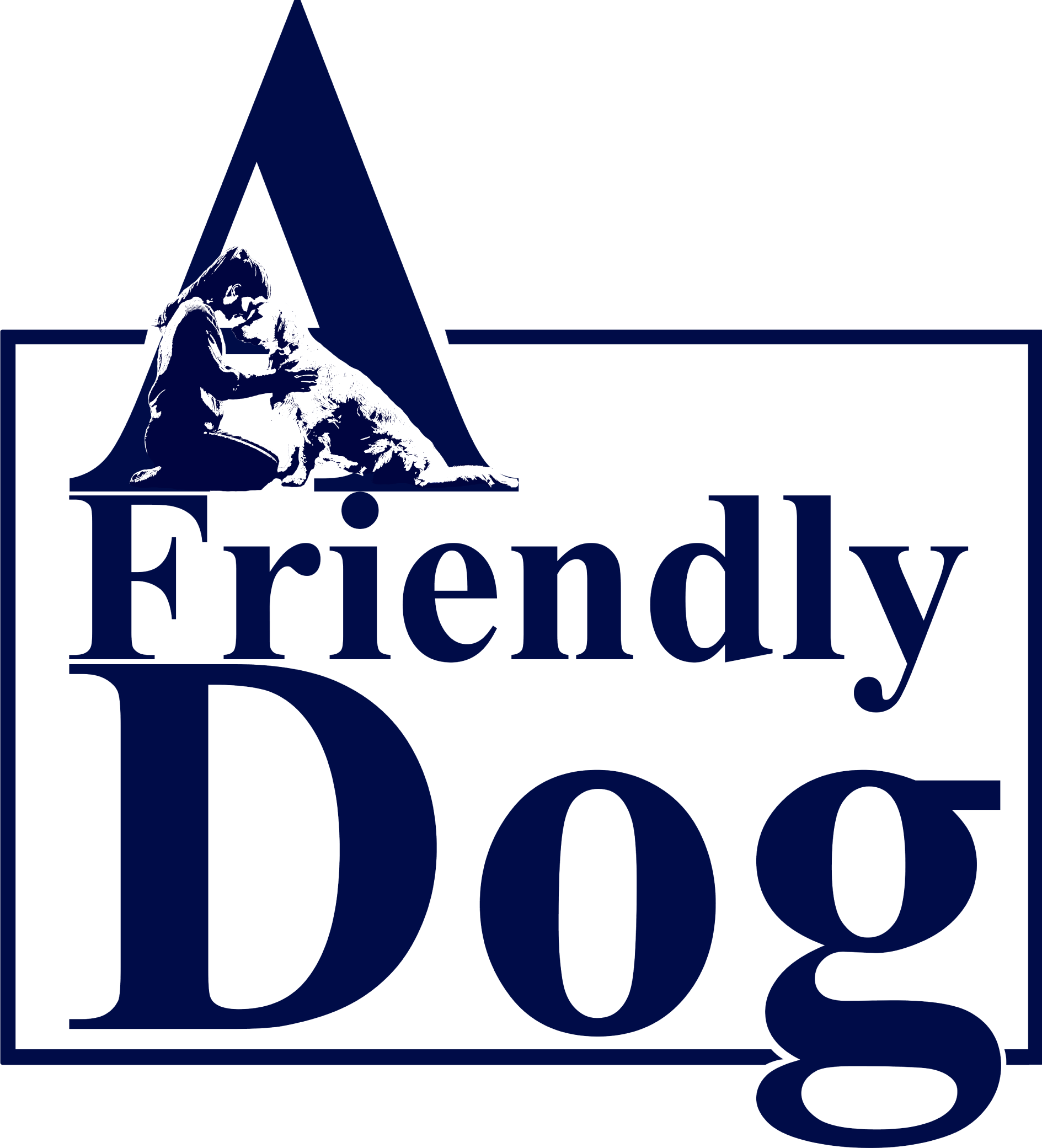In addition to the behaviors mentioned earlier, there are several other interesting observations we can make about dogs’ eating habits. For instance, one study found that more than half of the dogs finished their meals in under 5 minutes!
Some dogs also exhibit voracity, meaning they eat with great enthusiasm. Furthermore, changes in eating behavior when the owner is absent, aggression related to food protection, food stealing (such as counter surfing), pica (eating non-digestible items like dirt or rocks), and coprophagia (eating feces) are all behaviors that can be observed in dogs. It’s important to pay attention to how a dog’s eating behavior may change in response to illness or treatments for illnesses.
On a lighter note, researchers also discovered a quirky finding – dogs who were given treats for no apparent reason were also dogs for whom no emotional eating was reported by their owners. While we may not be able to draw any concrete conclusions from this, it’s a good excuse to give dogs a treat for no reason.
The potential for food craziness is on the rise due to the fact that most dogs are consuming processed dog kibble that is intentionally designed to be highly appealing and even addictive. This kibble acts as the equivalent of junk food for humans, targeting our brain’s reward pathways.
In an article for the BBC, it is explained how big pet food brands enhance the allure of kibble by incorporating palatants, which include chemical compounds that mimic the scent of offal or decaying flesh. While there is nothing inherently wrong with satisfying dogs’ instinctual desire to consume dead matter, the addictive nature of this food can lead dogs to overeat, creating a dilemma for us as pet owners between fulfilling our dogs’ desires and meeting their nutritional needs.

